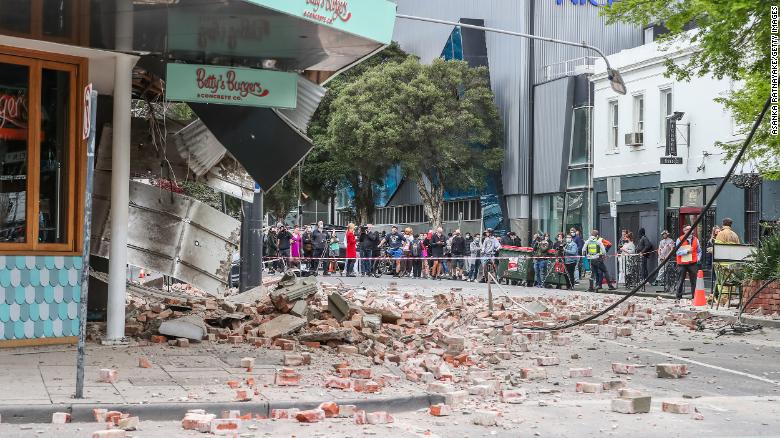7.3-magnitude earthquake hits coast off Japan’s Fukushima Prefecture

Japanese Prime Minister Fumio Kishida later said “no abnormalities” had been detected at any of the country’s nuclear plants. A bullet train derailed near Fukushima as a result of the earthquake but no injuries were reported, he said at a press conference.People injured from the quake have been taken to the hospital in Fukushima’s Soma city, Kyodo News agency reported, without specifying the number of people injured. Power has been restored in all of Tokyo, Tokyo Electric Power said. Japan’s Meteorological Agency on Thursday urged the public to watch out for more seismic activity in the next few days. Masaki Nakamura, an official from the agency, urged people in affected areas to stay away from the coast and not to enter the sea until tsunami advisories had been lifted. He also urged people to remain vigilant over the risk of mudslides.The quake had a preliminary epicenter depth of 60 kilometers (37 miles), and the tsunami advisory was made for Fukushima and Miyagi prefectures in eastern Japan, the agency said. It warned of tsunami heights reaching up to 1 meter above normal tidal levels, with the initial waves reaching shore around midnight local time (11 a.m. ET).At around 12.29 a.m. local time Thursday (12.29 p.m. ET Wednesday), an 8-inch tsunami occurred along the coastline of Miyagi prefecture in Japan, according to the Japan Meteorological Agency, which also urged people in affected areas to stay away from the coast as a tsunami advisory remains in place.
The epicenter of Wednesday’s quake was 55 miles (89 kilometers) from that of the devastating 2011 quake that caused a tsunami with 30-foot waves that damaged several nuclear reactors in the area. More than 22,000 were killed or went missing in that disaster. Deaths were caused by the initial earthquake and tsunami and by post-disaster health conditions.The 2011 Japan earthquake was 9.1 magnitude, some 63 times stronger, and released about 500 times more energy than Wednesday’s quake.





